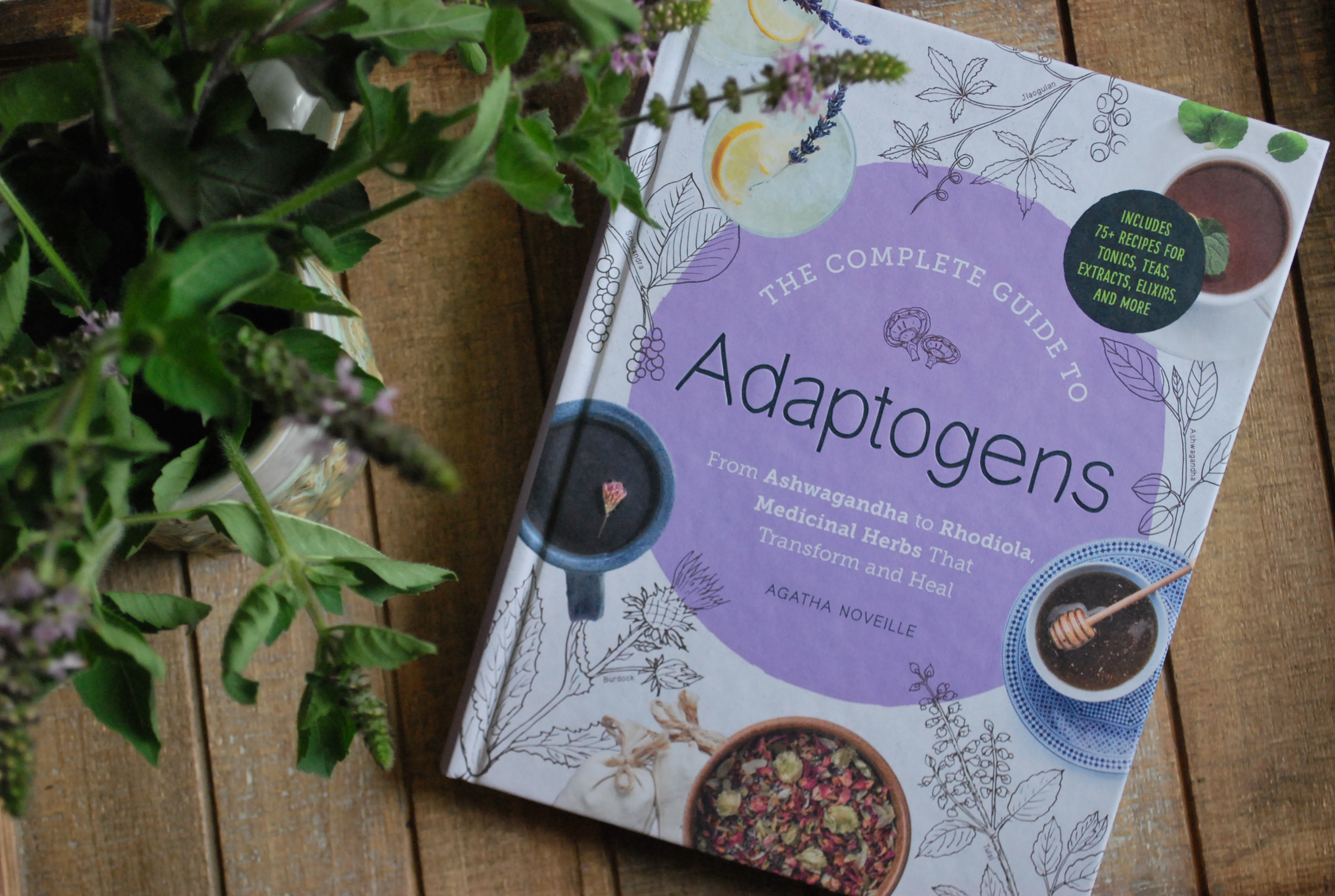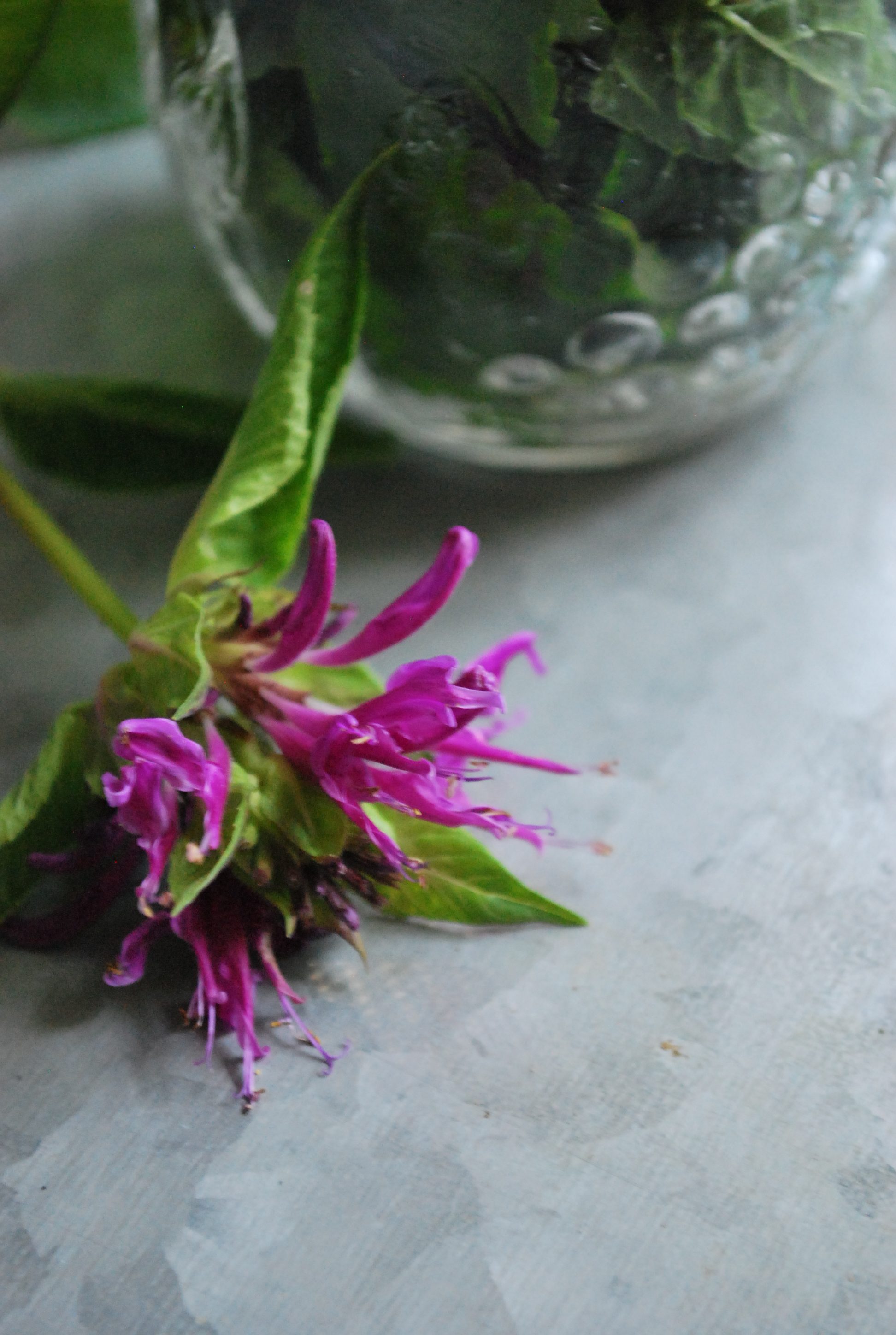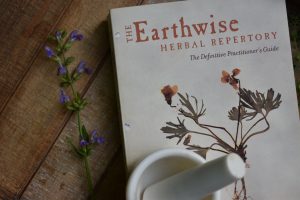Links contained in this post and elsewhere on my website may include affiliate links. When you make a purchase through these links, I earn a commission at no additional cost to you. I only link to products and services that I love - and that I think you will love, too!
Bee balm (Monarda didyma and M. fistulosa) is a beautiful garden plant with an affinity for the nervous system. It’s a wonderful herbal ally for lifting the spirits and supporting balanced moods. Read on to discover how to use bee balm for emotional wellness.

Bee Balm and the Nervous System
In my experiences working with bee balm, I’ve found that it has a strong affinity with the nervous system. It’s a member of the mint family, which is particularly known for having nervine actions, so that’s not surprising!
However, among the mint family plants bee balm has a unique sweetness and buttery quality. In TCM, sweetness and oiliness indicate nourishing, building abilities. Coupled with these is a high concentration of aromatic volatile oils. Bee balm’s volatile oil profile seems to be exceptional for promoting mental clarity and emotional balance. These qualities position bee balm as one of our most memorable herbal allies for the nervous system.
Nervine Restorative
Bee balm seems to work deep down in the nervous system. In The Book of Herbal Wisdom and The Earthwise Herbal, herbalist Matthew Wood discusses bee balm’s beneficial actions for people with tinnitus and Meniere’s disease.
Personally, I suspect that monarda may be a nootropic and neuroprotective. However, this is a hunch based on my intuitive understanding of the plant gained through personal use. It reminds me of calamus, which is another potent herbal nootropic. However, it is much less stimulating than calamus.
Monarda is, however, a rich source of thymol, and thymol is currently being studied for potential neuroprotective uses, so maybe that’s not such a stretch!
Nervine Relaxant
According to the University of Michigan’s ethnobotany database, bee balm is a sedative herb. I think more specifically it is a nervine relaxant – mildly sedative, but specific where there is physical tension from a state of anxiety.
I find that it’s a good herb to drink as a bedtime tea, but works equally well during the day without causing drowsiness. In my experience, it has a calm, uplifting energy similar to fresh lemon balm. Unlike lemon balm, however, it readily holds fragrance after drying.
Bee Balm for Emotional Wellness
As an herbal support for emotional wellbeing, bee balm excels at gently dispelling negativity and illuminating the beauty around us. It lends clarity and helps bring balance when our passions become an obsession or when we approach life too timidly.
Bee balm can be incorporated into wellness routines as a tea, glycerite, or extract. It’s one of my favorite herbs for keeping the winter blues away or for days when I’m feeling lackluster. It’s not typically available on the market, but it’s easy to grow at home. It even makes a lovely container plant on a patio or porch.
About Agatha
I’m an herbalist and author in Atlanta, Georgia. Thanks for visiting my blog! My popular herbal recipe book is full of creative recipes to take your wellness to the next level- naturally! It’s available through Barnes and Noble, Amazon, or by request at your favorite local book shop.








